Ditapis dengan
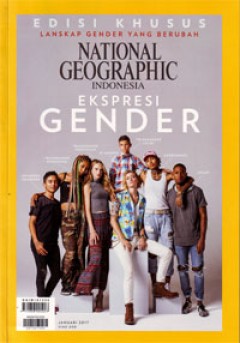
National Geographic
- Edisi
- 1
- ISBN/ISSN
- 0027-9358
- Deskripsi Fisik
- -
- Judul Seri
- -
- No. Panggil
- 910.5 Nat
- Edisi
- 1
- ISBN/ISSN
- 0027-9358
- Deskripsi Fisik
- -
- Judul Seri
- -
- No. Panggil
- 910.5 Nat

Hills and Harbors : the Middle Atlantic States
- Edisi
- -
- ISBN/ISSN
- -
- Deskripsi Fisik
- 93 hlm.: ill.; 23,5 cm.
- Judul Seri
- -
- No. Panggil
- 917.4 Woo h
- Edisi
- -
- ISBN/ISSN
- -
- Deskripsi Fisik
- 93 hlm.: ill.; 23,5 cm.
- Judul Seri
- -
- No. Panggil
- 917.4 Woo h

Narrative of a Journey Across The Rocky Mountains to The Columbia River
- Edisi
- 1
- ISBN/ISSN
- 0-8032-9401-8
- Deskripsi Fisik
- xiv, 259p: ill.; 21 cm.
- Judul Seri
- -
- No. Panggil
- 917.9 Tow n
- Edisi
- 1
- ISBN/ISSN
- 0-8032-9401-8
- Deskripsi Fisik
- xiv, 259p: ill.; 21 cm.
- Judul Seri
- -
- No. Panggil
- 917.9 Tow n

An Outline of American Geography
- Edisi
- -
- ISBN/ISSN
- -
- Deskripsi Fisik
- 131 p: ill.; 21 cm.
- Judul Seri
- -
- No. Panggil
- 917.3 Mit o
- Edisi
- -
- ISBN/ISSN
- -
- Deskripsi Fisik
- 131 p: ill.; 21 cm.
- Judul Seri
- -
- No. Panggil
- 917.3 Mit o
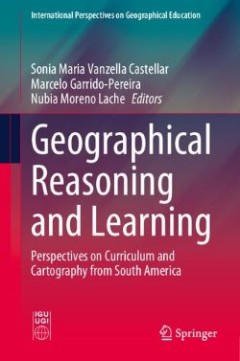
Geographical Reasoning and Learning: Perspectives on Curriculum and Cartograp…
This book presents the distinctive theoretical and methodological approaches in geography education in South America and more specifically in Brazil, Chile and Colombia. It highlights cartography and maps as essential tools and provides a meaningful approach to learning in geographical education, thereby giving children and young people the opportunity to better understand their situations, con…
- Edisi
- -
- ISBN/ISSN
- 978-3-030-79847-5
- Deskripsi Fisik
- 372 hlm.
- Judul Seri
- -
- No. Panggil
- 372.374 Cas g

Cartography between Christian Europe and the Arabic-Islamic World, 1100-1500:…
Medieval Christian European and Arabic-Islamic cultures are both notable for the wealth and diversity of their geographical literature, yet to date there has been relatively little attempt to compare medieval Christian and Islamic mapping traditions in a detailed manner. Cartography between Christian Europe and the Arabic-Islamic World offers a timely assessment of the level of interaction betw…
- Edisi
- -
- ISBN/ISSN
- 978-90-04-44603-8
- Deskripsi Fisik
- 247 hlm.
- Judul Seri
- -
- No. Panggil
- 911.936 Hia c
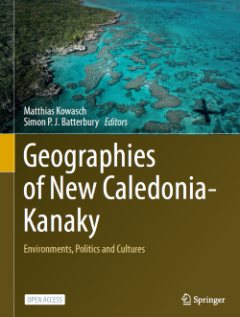
Geographies of New Caledonia-Kanaky: Environments, Politics and Cultures
This open access book provides a unique overview of geographical, historical, political and environmental issues facing the French overseas territory New Caledonia, also called “Kanaky” by the indigenous Kanak people, who outnumber citizens of European and other origin. New Caledonia has seen a long and complex struggle for decolonization, but is still on the United Nations’ list of “No…
- Edisi
- -
- ISBN/ISSN
- 978-3-031-49140-5
- Deskripsi Fisik
- 288 hlm.
- Judul Seri
- -
- No. Panggil
- 910.1 Kow g
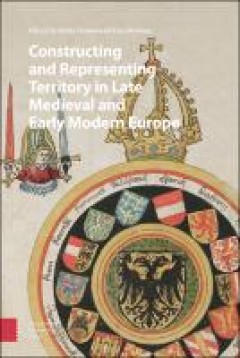
Constructing and Representing Territory in Late Medieval and Early Modern Europe
In recent political and constitutional history, scholars seldom specify how and why they use the concept of territory. In research on state formation processes and nation building, for instance, the term mostly designates an enclosed geographical area ruled by a central government. Inspired by ideas from political geographers, this book explores the layered and constantly changing meanings of t…
- Edisi
- -
- ISBN/ISSN
- 978-90-4855-180-4
- Deskripsi Fisik
- 366 Hlm.
- Judul Seri
- -
- No. Panggil
- 526 Dam c
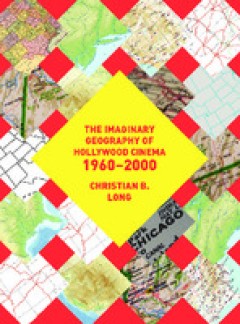
The Imaginary Geography of Hollywood Cinema 1960–2000
The Imaginary Geography of Hollywood Cinema 1960-2000 combines digital cartography with close readings of representative films to write a history of twentieth century Hollywood narrative cinema at the intersection of the geographies of narrative location, production, consumption and taste in the post-classical era, before the rise of digital cinema. This text reorients and redraws the boundarie…
- Edisi
- -
- ISBN/ISSN
- 978-1-78320-830-2
- Deskripsi Fisik
- 273 Hlm.
- Judul Seri
- -
- No. Panggil
- 526 Lon t
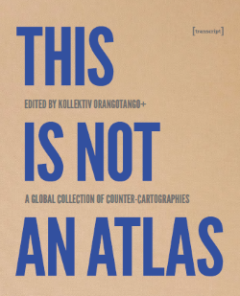
This Is Not an Atlas: A Global Collection of Counter-Cartographies
This book more than 40 counter-cartographies from all over the world. This collection shows how maps are created and transformed as a part of political struggle, for critical research or in art and education: from indigenous territories in the Amazon to the anti-eviction movement in San Francisco; from defending commons in Mexico to mapping refugee camps with balloons in Lebanon; from slums in …
- Edisi
- -
- ISBN/ISSN
- 978-3-8394-4519-8
- Deskripsi Fisik
- 354 hlm.
- Judul Seri
- -
- No. Panggil
- 526 Ora t
 Karya Umum
Karya Umum  Filsafat
Filsafat  Agama
Agama  Ilmu-ilmu Sosial
Ilmu-ilmu Sosial  Bahasa
Bahasa  Ilmu-ilmu Murni
Ilmu-ilmu Murni  Ilmu-ilmu Terapan
Ilmu-ilmu Terapan  Kesenian, Hiburan, dan Olahraga
Kesenian, Hiburan, dan Olahraga  Kesusastraan
Kesusastraan  Geografi dan Sejarah
Geografi dan Sejarah